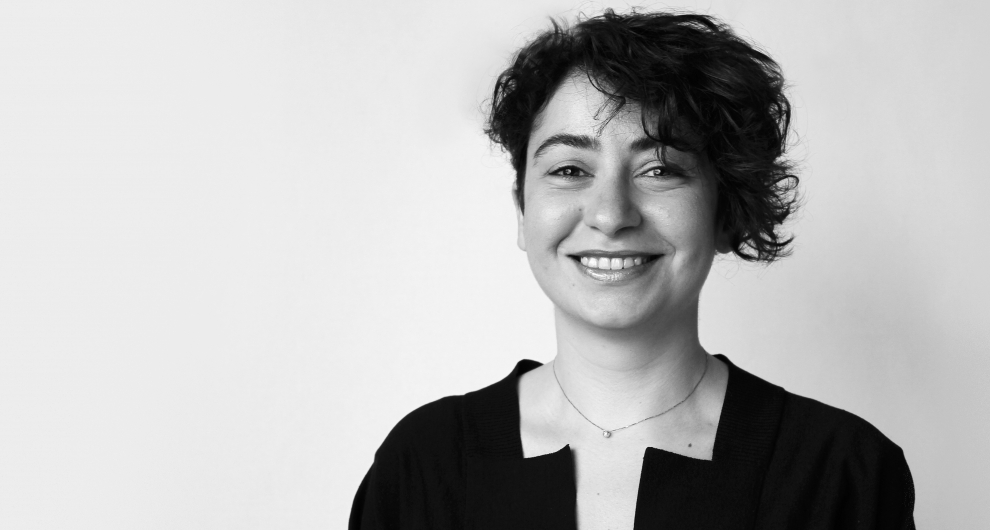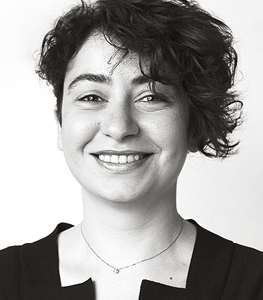Gästkolumnen
All together now!
Lighting design can bring many advantages to urban areas. Sustainability and a thriving night time economy, of course. But also social cohesion accessibility and equality. And, if you ask me, participatory planning is the way forward.
Vill du fortsätta läsa?
Denna artikel är låst och endast tillgänglig för prenumeranter som skapat konto på ljuskultur.se. Som prenumerant kan du läsa samtliga artiklar från det senaste numret på nätet och får tillgång till ett växande arkiv av tidningens rika material. Är du redan prenumerant klicka på Logga in nedan för att logga in eller skapa konto.
Bli prenumerantMany municipalities have realized the benefits of working with lighting masterplans. Their focus tends to be on how to save energy, and attract people to city centers, which is great for the night-time economy. From my perspective, though, so much more can be achieved – and the best way is getting the public involved.
Consider me arrogant if you wish, but as a lighting designer, I believe I have an opportunity to contribute to a better and more inclusive society. If my task is to translate users’ needs in planning features, I strive to inspire creativity and positive feelings, to encourage dialogue and social interaction and even restore some of the beauty of the world we live into the urban landscape.
But if that is arrogant, I also have a measure of humility. I know I don’t know it all. I wish to consult specialists from other disciplines in order to reap the benefits of multiple viewpoints, as well as the general public, in order to develop a broader perspective. Generally, people take light for granted, but only the citizens themselves know the needs and wishes of that particular community.
Lighting can help people feel safe and secure but it also can contribute to social cohesion and economic progress. This is true not only in city centers and developed countries. Well-lit environments in underprivileged areas improve self-worth and growth expectations, in particular in children and adolescents. Especially if they are invited to participate in the project.
That’s why I’m developing a process for truly involving the community in lighting design for the cities. ÅF Lighting is already at the forefront of holistic, user-centric and technologically innovative projects. This new method will be used as a framework for participatory planning in lighting master plans.”I aim to enhance the urban experience… For the people, with people, through light.”
Workshops and prototyping will help identify problems and find practical solutions. Group meetings will be useful for developing temporary activities, such as pop-up public spaces, guerrilla lighting and street art. These will help generate greater interest in the project and identify new requirements for the masterplan.
I believe that the time is right for enhancing urban life and make it more productive, pleasant and interesting. Personally, I aim to do that for the people, with people, through light.
Publicerad den 1 september 2016
Ur Ljuskultur Nummer 4, 2016
Du kanske också gillar:
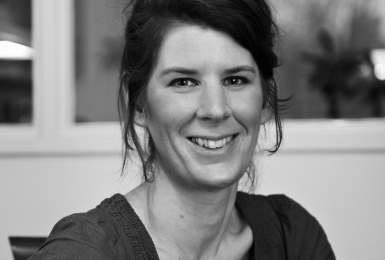
Gästkolumnen
Konsten att beskriva ljuskvalitet
Inom livsmedelsbranschen och produktindustrin finns metoder för att mäta och beskriva den känslomässiga upplevelsen av…
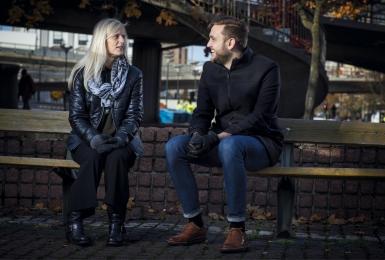
Nedslag
Allt större behov av specialister
Vid omfattande projekt blir det allt vanligare att allt fler ljusdesigner involveras i en gemensam…
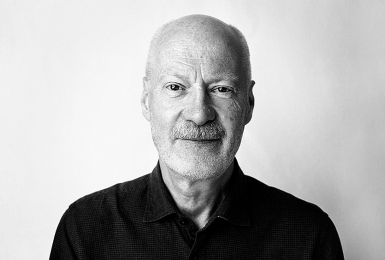
Gästkolumnen
Ljusarkitektur på nytt
På 1930-talet blev det elektriska ljuset inklusive neon något av de mörka timmarnas stadsarkitekt. Nu…


